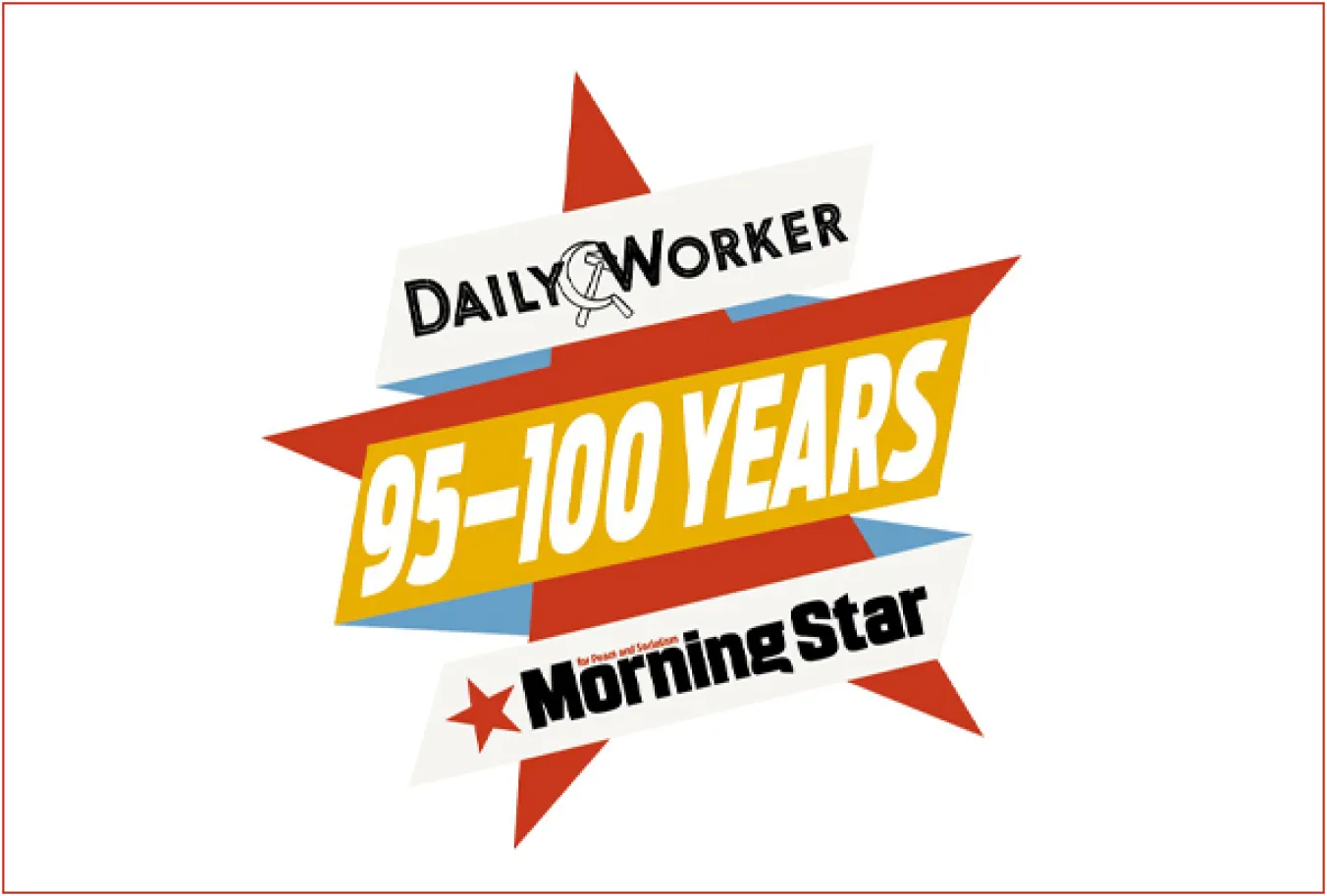FRAN HEATHCOTE believes that while the the Chancellor outlined some positive steps, the government does not appreciate the scale of the cost-of-living crisis affecting working-class people, whose lives are blighted by endemic low pay

 London's 2003 'Day X' demonstration's against the invasion of Iraq by the US and UK saw a mass school strike with students attempting to lay siege to parliament
London's 2003 'Day X' demonstration's against the invasion of Iraq by the US and UK saw a mass school strike with students attempting to lay siege to parliament
THE scene outside Parliament was one I’ll never forget: watching a schoolgirl of about 14 run into the road from the main body of the demonstration and a great lump of a policeman just instinctively level her, then surging forth with the rest the crowd, none of us over 17, and seeing an even younger boy — still in school uniform — jab the officer in the eye with a broken placard stick.
All the hope and awe at the biggest demonstrations the planet had ever known on February 15, when between six and 10 million people took part in protests in up to 60 countries, had evaporated: this was “Day X,” March 20 2003. We had answered the call to leave work or school and take to the city centres as soon as the invasion of Iraq by US and British troops had begun. We hadn’t stopped it.
We would not stop it, and have not to this day stopped “it” — the invasion and occupation of the Middle East by the United States — so the fact our movement would remain known as Stop the War almost taunted me.













